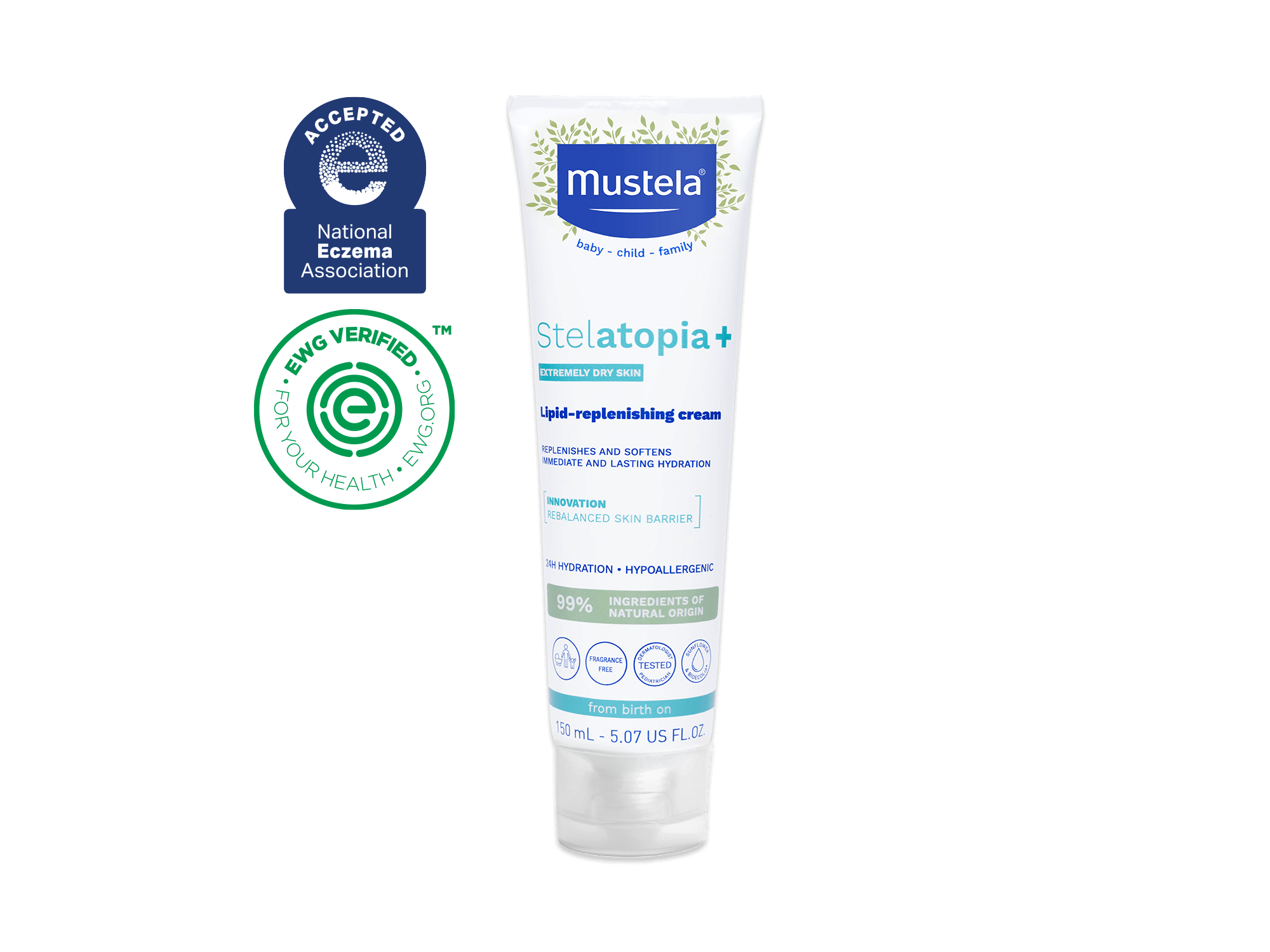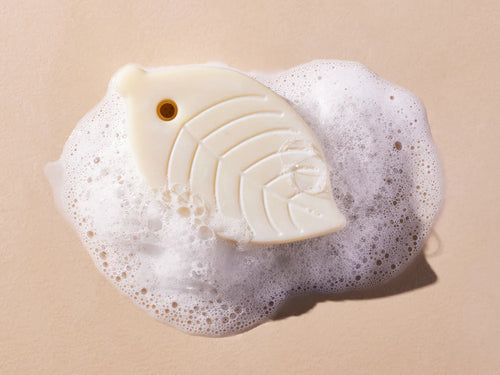Crawling forever changes your baby’s world — and yours. They have places to explore, and you may be anxious for them to start. But when do babies crawl?
While they won’t do anything until they’re ready, there are signs that tell you where they are on their journey and ways you can help prepare them.
In this article, we’ll discuss what you need to know and things to look out for along the way. To start, let’s talk about some important milestones your little one needs to meet first.
Table Of Contents
- When Do Babies Crawl: What Comes First
- Signs Your Baby Is Ready To Crawl
- How To Prepare Your Baby To Crawl
- How To Prepare Yourself – And Your Home – For Crawling
- A Crash Course In Crawling Styles
- Your Baby’s Still Not Crawling: What Can You Do?
When Do Babies Crawl: What Comes First

Most babies will begin crawling between six and 10 months. But every baby’s journey differs. Some may lag in the race to crawl, but then simply skip it and go straight to walking instead!
What is consistent is what they need to master before they can crawl. For almost any major step forward, your baby must pass a “motor milestone” (or two).
Simply put, a motor milestone is a significant advancement in their motor — or physical — skills. Examples include turning their head from side to side, bringing a hand to the mouth, or reaching out to grab a toy.
For your baby to be able to crawl, certain physical skills have to be in place first. Back and neck muscles, for example, must be able to support the head in a raised position. Your little one’s core also has to be able to work with the shoulders and arms to support their weight.
In addition, your baby needs to be able to see clearly at a distance and close up, as well as figure out where they are in relation to what they see. Then, they need to be able to coordinate their muscle movements.
Navigating a room also requires cognitive milestones. This means not just seeing an object but understanding how to move around it, pull up on it, etc. Mental mapping and memorization are key skills here.
Only when these skills come together are they ready to start crawling, though it may take some time before they are really on the move!
So how do you know these prerequisites are all in place and your baby is ready to crawl? Let’s take a look at some of the signs.
Signs Your Baby Is Ready To Crawl
While every baby progresses differently, here are some things you can look for that signal crawling time may be close:
- Constant movement while lying down. If your little one is getting very squirmy when lying down and doesn’t want to stay put, some movement experiments may soon follow.
- Curiosity-driven arching. Does your baby seem curious about what’s going on around them? Lifting up to get a better view may mean they are driven to get closer to whatever’s caught their attention.
- Flipping over from lying on their back. The flip is a first stab at mobility and can be an early attempt to get somewhere.
- Pushing backward. The arms are ready, but maybe not the legs. So backward your little one goes! This is a start at getting somewhere and not being stuck in one spot.
- Raising onto all fours and rocking. Once their legs have developed some more, they may assume the crawling position without actually going anywhere. The physical strength is there to support them in the right position as well as the idea of a coordinated movement of arms, shoulders, and legs.
How To Prepare Your Baby To Crawl
It’s never a good idea to rush your baby’s progress. But there are things you can do to help prepare them for good things ahead. Here are a few.

Tummy Time
Babies spend a lot of time on their backs. Supervised tummy time can help them develop the strong neck, back, and core muscles they’ll need to support their head in a raised position and improve their motor skills.
As we mentioned previously, your baby will have to be able to lift their head, look around, and use their arms and shoulders to push up off the floor in order to crawl. Tummy time can be a fun way for them to start developing these advanced skills.
Start slowly, but as your baby grows, tummy time sessions can become longer and more frequent. Sit in front of them to engage and play with them.
Keep the sessions fun and engaging. Tummy time isn’t a gym workout. It’s a natural way to use your baby’s penchant for play to learn and develop.
Temptations
As they show signs of not wanting to stay in one place, put favorite toys just beyond their reach to encourage them to explore. Initially, they’ll just try to extend their grabbing reach. But desire and experimentation lead to movement.
You want your baby’s excitement to lead to the reaching, pushing, and pulling that goes with crawling. And be careful not to get frustrated with your little one if they aren’t crawling yet as this may lead to tears and a flat-out refusal to engage.
Crawling Playtime
An enhanced version of tummy time, this can make the path to crawling a fun, shared experience. Babies learn so much by imitation. Get down on your tummy next to your little crawler-to-be. Do the moves: up on hands and knees; rock back and forth; push back, inch forward.
Worst case, your baby will find your antics hysterical, and you’ll both have a good laugh.
How To Prepare Yourself — And Your Home — For Crawling

Many parents ask, “When do babies crawl?” but forget to consider the implications of what happens when they do. Now is the time — before they begin — to take a look at your home. (Not just your baby’s room or the space where you do tummy time — your entire home.)
Your baby may quickly go from a tentative push, slide, and tumble to a cheetah-like crawling sprint and be a world traveler in no time. Make sure you’re ready!
Scan the floors for potential dangers. What’s suddenly going to be within reach? Are there sharp edges, loose cords, or dangling table coverings waiting to be pulled down? Take steps now to make your baby’s space safe for locomotion.
Another thing to consider: Crawling around will invariably be a new experience for your baby’s skin — especially their hands and knees. To help protect your little’s one’s skin, establish a good moisturizing routine.
Mustela’s Bath Oil, Nourishing Cleansing Gel With Cold Cream, and Gentle Soap with Cold Cream are great elements of a bath-time ritual. And for specific instances of dry skin, we recommend Mustela’s Nourishing Lotion with Cold Cream or Mustela’s Nourishing Cream with Cold Cream.
With the right hydration plan in place and your baby’s blossoming skills in play, how will you know if they are crawling correctly?
A Crash Course In Crawling Styles
Your baby is one in a million and can be very creative. Here are a few of the many variations you may have the pleasure of witnessing.

- The Bear Crawl. In this position, babies raise up on their hands and feet and scuffle around like a bear.
- The Crab Crawl. The straight path forward is overrated. With this move, your baby moves sideways or even backward.
- The Bottom Shuffle. Your baby may master the art of using their legs, feet, and bottom to shuffle along and scoot a path to where they want to go.
- The Rollabout. Sometimes, turning over works so well that your baby may want to use it as a movement technique, rolling from here to there.
- The Serpentine Crawl. This style looks like your baby is swimming on the floor, staying on their belly and winding a slithering path forward.
- The Traditional. Then, there is the traditional approach on hands and knees.
- Assisted Walking. While it’s not technically crawling, your baby may prefer to stand upright and use every piece of furniture in sight to navigate a room.
Once they master their favorite technique, look out world!
Your Baby’s Still Not Crawling: What Can You Do?
It’s normal to feel anxious for your baby to make progress. But don’t over-worry if they’re not crawling by a certain age. Six to 10 months is a wide range, and many babies take longer.
As we mentioned above, some little ones even skip crawling and just begin furniture-assisted cruising and walking. So don’t rush your little one. As long as their movements are developing, there’s no cause for worry.
However, if you notice your baby doesn’t seem to be moving properly or isn’t using arms and legs equally, by all means, talk to your health care provider.

Your Baby’s Crawling: What Next?
So when do babies crawl? It all depends on your little one’s developmental milestones and coordination.
But once they’re crawling, they’ll be hooked on mobility and exploration. Hold on to your hat, enjoy the ride ahead, and take steps to keep your little one healthy and safe.
Along the way, protect your growing child’s skin health with Mustela’s gentle yet powerful moisturizing products that contain avocado perseose to protect them from the elements, such as UV rays, dust, wind, chemicals — and yes, that floor they’re crawling all over.
















